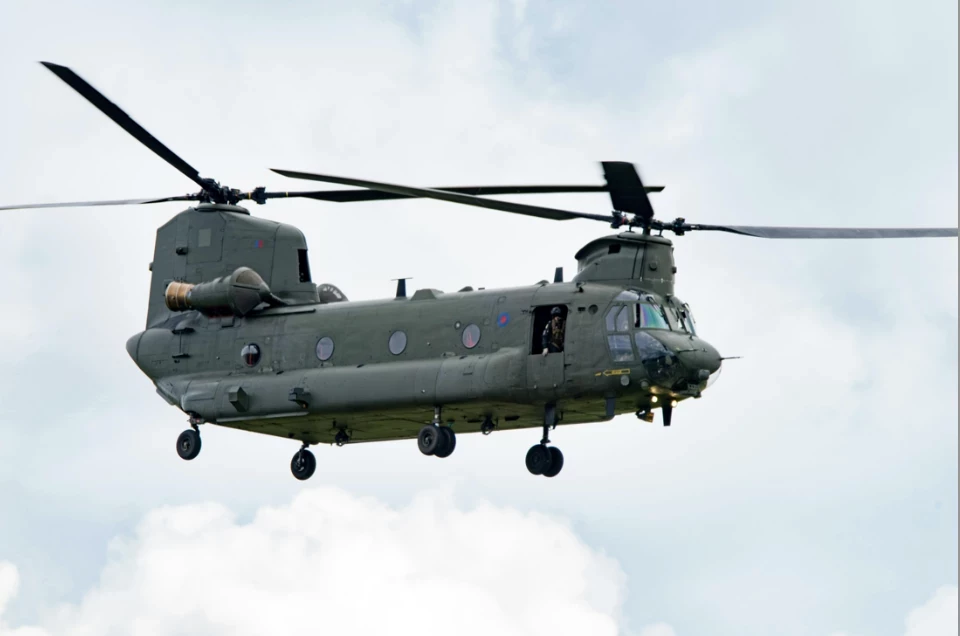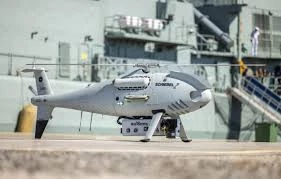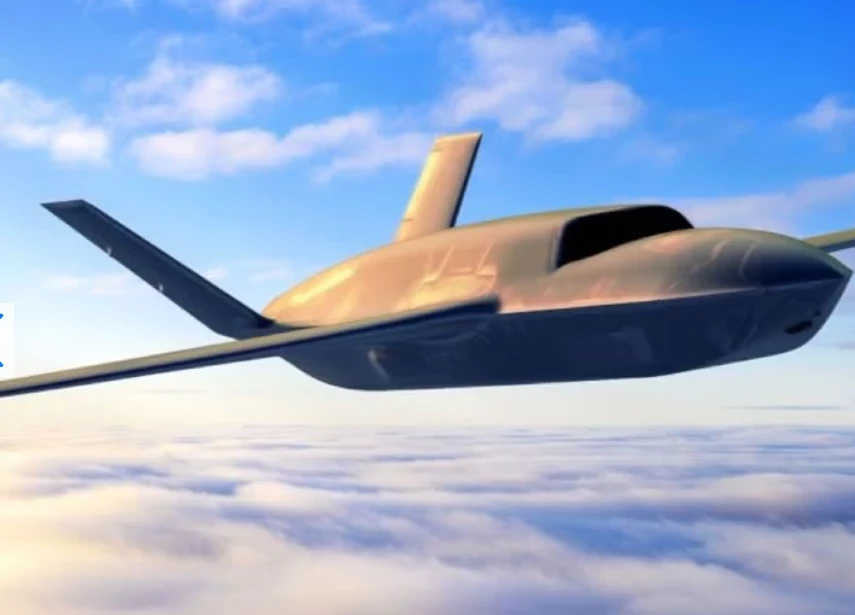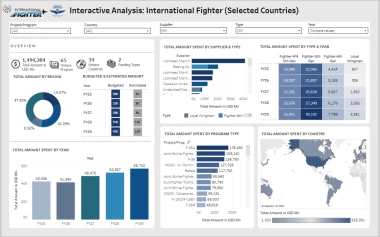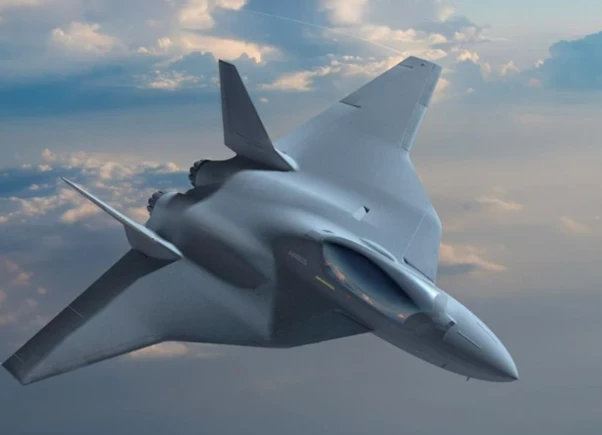Advanced Precision Kill Weapon System (APKWS): Enabling precision-guided rockets
The APKWS is a simple to use, plug and play system, that gives rockets pinpoint accuracy. In this interview, Marc Casseres from BAE Systems tells Defence IQ how to effectively use the system and where its future lies.
Add bookmarkAPKWS: Providing accurate air-to-ground suppression
We sat down with Marc Casseres, Director of Precision Guidance and Sensing Solutions at BAE Systems to discuss the APKWS and improved capabilities of the Hydra-70.
You can check out part 1 of the interview here: How the APKWS is improving the Hydra-70: BAE Systems interview
Defence IQ: The APKWS had a development time of around 17 years. Is that usual for a product of this type and was the development process increased due to technological constraints?
Casseres: I would say it was down to a couple of different things. First of all, US defence platforms take a while to be qualified. Secondly, this particular product was started by BAE Systems as an internal research and development programme. We had to convince the services that it provided a capability that they were looking for, augmented by our intellectual property.
RELATED: How to extend the service life of military equipment
Over time, this turned into what we call a tech development programme to demonstrate its capabilities, which then followed into an engineering, manufacturing and development programme and low-rate and full-rate production.
APKWS breakdown of components. Source: BAE
While it took a while to get where we are, it really hit full-rate production in 2012, that’s when it hit the theatre. It has been in theatre since then and shows no signs of leaving.
Defence IQ: What targets is the system intended for?
Casseres: The system is ideal against soft and lightly armoured targets.
When you want to go after larger, more intense targets, such as tanks, you may have to use a more expensive rocket. However, for the types of missions where you might encounter lightly armoured targets, the APKWS is a cost-effective and proven solution.
Defence IQ: You mentioned the system is protected from the elements. Is there a particular temperature range in which the system can operate?
Casseres: While I can’t provide specific temperature details, I can give you a sense of the temperature range. APKWS rockets can be fired from fixed-wing platforms flying at an altitude of 25,000.
"For the types of missions where you might encounter lightly armoured targets, the APKWS is a cost-effective and proven solution"
In addition, the APKWS has numerous confirmed successful engagements from rotary-wing aircraft in support of combat operations in Iraq and Afghanistan.
Overall, it has been used in combat extensively; there are no restrictions on its use from a temperature perspective.
[Editor’s note: Temperatures at 25,000 feet are approximately -34° C and low-altitude temperatures in Middle East locations in the summer months can be as high as 49° C.]
Defence IQ: The APKWS is intended for Hydra-70 rockets. Can the technology be applied to, or perhaps are you looking at applying it to, other munition types? For example, there are some NATO countries that don’t use the US standard and prefer 68mm rockets.
RECOMMENDED: How to win defence contracts with the Department of Defense
Casseres: We export this system as it is today, and we have a number of countries that are currently buying and utilising APKWS. The Foreign Military Sales (FMS) buy through the Navy and the Navy then works with us, so it is exportable, and it is being widely used on a number of international platforms as well.
We do a lot of investment here at BAE Systems. We are working closely with the US government on using this and other seeker technologies on different platforms, but that is still in development.
Defence IQ: Can you explain a bit more about the plug-and-play nature of the system?
Casseres: The primary motor that it uses is the Mk 66 Mod 4 rocket motor, along with the M151 high-explosive warhead, which are the primary rocket and warheads utilised by the system. We’re qualifying additional units but can’t provide more specifics just yet.
RECOMMENDED: Hypersonic missiles: What are they and can they be stopped?
In practice, you unscrew the warhead from the rocket motor, insert APKWS, literally screw it back together and you’re off and running. So it’s a very modular, plug-and-play system that we’ve designed.
Plug-and-play functionality. Source: BAE
Defence IQ: And what is the range of the system?
Casseres: It all depends on the platform. If it’s a rotary-wing platform that is flying low versus high, it’s typically between 1.5 and 5km. Fixed-wings are moving a lot faster and depending on how high they shoot at, the range could be anywhere from 2km to 12km plus. It has a lot to do with the altitude that the system is being fired and the speed at which the platform is moving.
Defence IQ: Is there lifecycle cost to be aware of and maintenance over time you need to worry about?
Casseres: It’s got a ten-year shelf life and it requires absolutely no maintenance. It is literally plug and play, and very simple to use. That’s the one thing we hear over and over again from the users, how easy it is to use
Defence IQ: Where do you see the APKWS heading over the next few years?
Casseres: Demand is growing for APKWS rockets. The U.S. Navy has placed orders for more than 17,000 units this year, and we’re seeing increased interest from other countries. In its fiscal 2018 budget request, the Pentagon highlighted APKWS as one of its top six “preferred munitions.”
RELATED: Search and rescue 2018: Helicopter and fixed-wing acquisitions
In fact, we continue to deliver units ahead of schedule and we’re ramping up production as we build toward an annual production of more than 20,000 units.
"The U.S. Navy has placed orders for more than 17,000 units this year, and we’re seeing increased interest from other countries"
We expect to see more growth in demand for precision strike capabilities that minimise collateral damage.
Defence IQ: Thank you very for speaking with us and sharing your insight, Marc. Good luck in the future!
You can check out part 1 of the interview here: How the APKWS is improving the Hydra-70: BAE Systems interview
For more on the APKWS check out the video below










